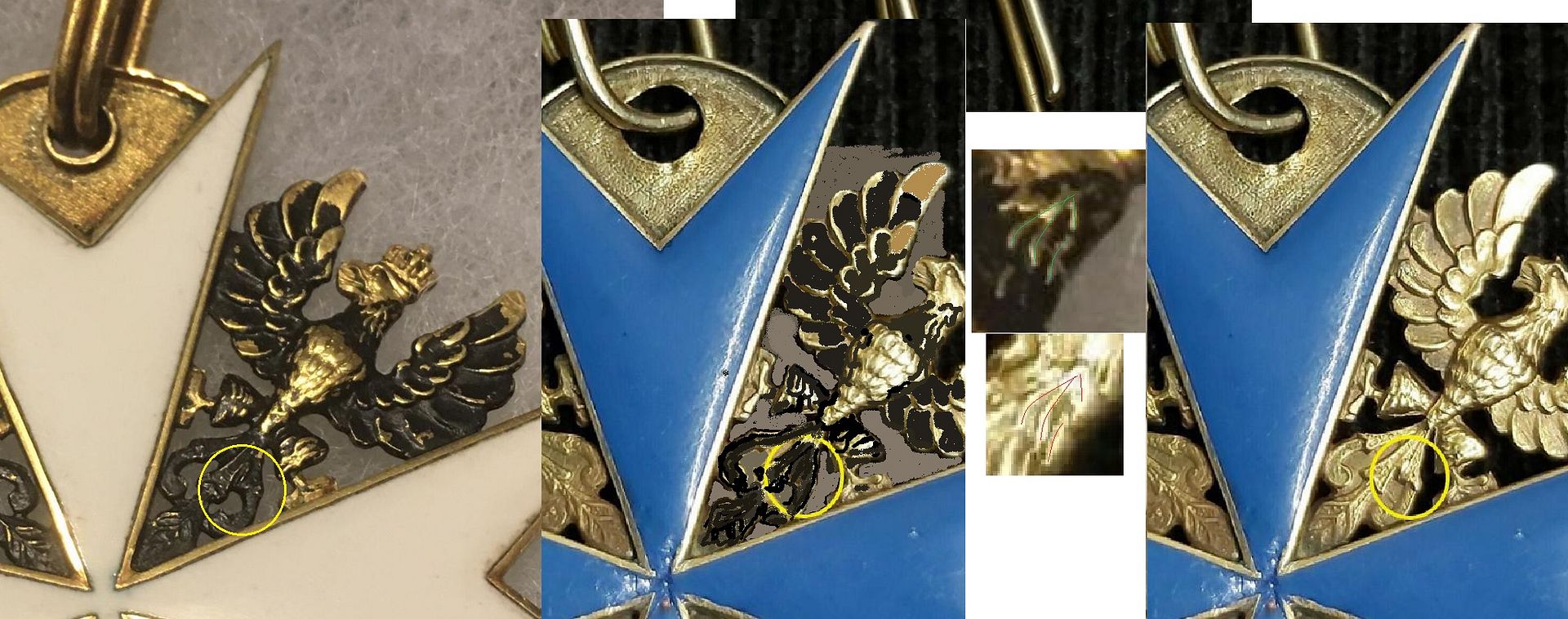Sandro, your contributions are duly noted.
Back to the piece at hand... Were JOs made of 18kt gold? Gold is heavy. Would this account for the excessive weight? Add it a few grams more for the letters. I don't know. Does anyone have an 18kt gold JO by this maker that we can use for comparison?
Back to the piece at hand... Were JOs made of 18kt gold? Gold is heavy. Would this account for the excessive weight? Add it a few grams more for the letters. I don't know. Does anyone have an 18kt gold JO by this maker that we can use for comparison?

 Anyway, my impression is that if this was created as an outright fake, with the intention to deceive, it's an abject failure, as the literature and images of real PLM's make this piece a non-starter for the collector community. But with the gold content, I still find it unlikely that a jeweler would create this piece as a deliberate attempt to fool collectors, as it is so unlike other PLM's as to make this ridiculous.
Anyway, my impression is that if this was created as an outright fake, with the intention to deceive, it's an abject failure, as the literature and images of real PLM's make this piece a non-starter for the collector community. But with the gold content, I still find it unlikely that a jeweler would create this piece as a deliberate attempt to fool collectors, as it is so unlike other PLM's as to make this ridiculous.


Comment